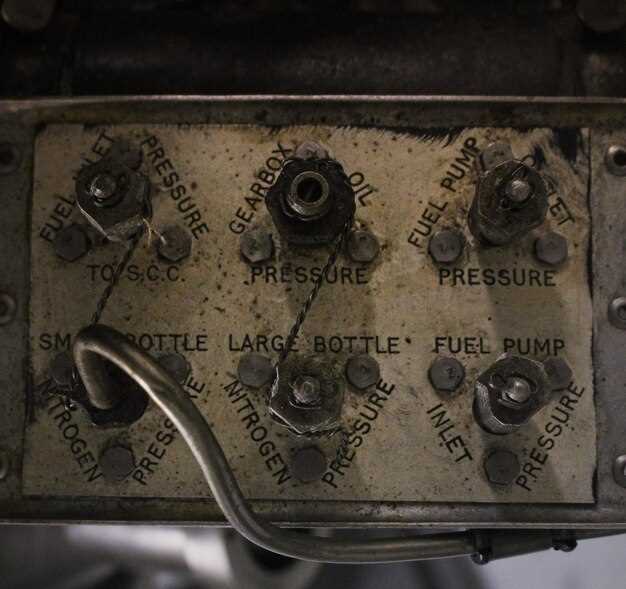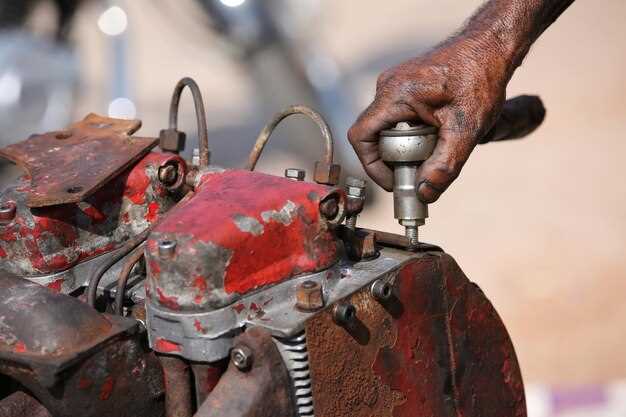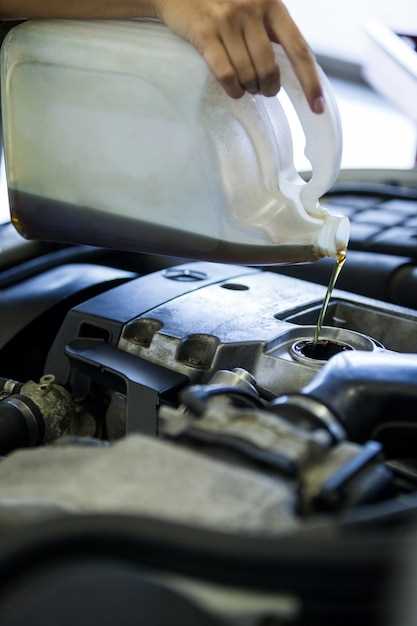
Owning a vintage car is a journey that combines passion with responsibility. One critical aspect of maintaining these classic vehicles is ensuring the longevity and efficiency of their batteries. Vintage cars, unlike modern vehicles, often rely on older battery technology, which requires special attention and regular upkeep to avoid common failures.
Proper battery care is essential not only for the vehicle’s start-up reliability but also for overall performance. Understanding the unique requirements of vintage car batteries can empower owners to take a proactive approach. This includes knowing when to charge, how to store, and what types of batteries are best suited for older models.
In this article, we will explore practical and effective battery care tips that will help you keep your vintage car running smoothly for years to come. From checking connections to ensuring optimal charging conditions, these guidelines will enhance the maintenance routine of your classic automobile, allowing you to enjoy the nostalgic experience it brings without the worry of battery-related setbacks.
Identifying the Right Battery Type for Classic Models

Choosing the appropriate battery for classic cars is critical for their effective upkeep. Classic models often require specific battery types that not only fit physically but also match the electrical specifications needed for optimal performance.
Lead-Acid Batteries are the most common choice for vintage vehicles. They provide reliable starting power and are generally easier to find. However, it’s essential to select the correct size and type, as these models can vary significantly. Look for either standard flooded lead-acid batteries or absorbed glass mat (AGM) options, with AGM being a bit more advanced in terms of maintenance and longevity.
Group Sizes should also be taken into account. Most classic cars specify a group size that correlates to the physical dimensions of the battery compartment. Typical sizes include Group 24, Group 27, or Group 34. Always consult your vehicle’s manual or a specialist to ensure you select the proper group size.
Cold Cranking Amps (CCA) are another vital factor. This rating indicates the battery’s ability to start an engine in cold conditions. Classic cars can benefit from a battery with a CCA rating that meets or exceeds the original specifications, ensuring reliable starting year-round.
Battery Age also matters when sourcing replacements. Vintage vehicles often face challenges with battery technology that has changed over the years. Consider batteries that come with a warranty, as it signifies the manufacturer’s confidence in their product and can serve as an assurance for longevity.
Lastly, don’t overlook maintenance requirements. Some batteries require regular checks and water replenishment, especially traditional lead-acid variants. For a hassle-free experience, look for sealed options or those with a maintenance-free designation.
In summary, identifying the right battery type involves assessing the specifications, size, maintenance needs, and overall performance requirements of your classic car. Making an informed choice will not only enhance the driving experience but also prolong the life of your cherished vintage vehicle.
Regular Maintenance Practices to Extend Battery Lifespan

To ensure the longevity of your vintage car’s battery, consistent upkeep is essential. Begin with regularly checking the battery terminals for corrosion. A build-up of grime can lead to poor electrical connections, so clean the terminals with a mixture of baking soda and water. This simple action can significantly enhance conductivity.
Next, inspect the battery’s water levels if you are using a lead-acid battery. Maintaining the fluid at the recommended level helps prevent internal damage. If the levels are low, refill with distilled water, avoiding tap water, which can introduce minerals that may harm the battery.
Additionally, keep the battery securely mounted. Vibration from the engine and rough driving can cause internal components to shift, leading to premature wear. Periodically check that your battery is snugly fitted to minimize these movements.
Another crucial aspect of upkeep is testing the battery’s charge. Use a multimeter to monitor the voltage; it should ideally read around 12.6 volts when fully charged. Regular testing allows you to identify any issues early, preventing unexpected failures.
Finally, ensure that your vintage car is driven regularly. Short, infrequent trips can prevent the battery from fully charging. If you must store the vehicle, consider using a battery maintainer to keep the battery charged without overloading it. By adhering to these maintenance practices, you can extend your vintage car’s battery lifespan significantly.
Signs of Battery Failure and When to Replace
Maintaining the battery of a vintage car is crucial for ensuring reliable performance. Recognizing the signs of battery failure can save you from unexpected breakdowns and prolonged inconveniences. Here are the key indicators that it may be time to replace your battery.
Poor Engine Start: If you notice that your engine is struggling to start, especially after the car has been sitting idle for a while, this may indicate a weak battery. A fully charged battery should provide a quick and powerful crank; any hesitation signals potential failure.
Swollen or Leaking Battery Case: Inspect your battery regularly for any physical signs of damage, such as swelling or leaks. An overcharged or corroded battery can cause the casing to expand, leading to leakage of battery acid, which poses safety risks and indicates it should be replaced.
Dim Lights and Electrical Issues: If the headlights appear dimmer than normal or electrical components like the radio or power windows are malfunctioning, these could be early signs of battery failure. A battery unable to sustain proper voltage can impact various electrical systems in your vintage vehicle.
Battery Age: While many batteries are designed to last for several years, vintage cars often have older batteries that may not hold a charge effectively. If your battery is over three to five years old, it’s wise to monitor its performance closely and consider a replacement even if it shows no immediate signs of failure.
Corrosion on Terminals: Examine the battery terminals for signs of corrosion, which appears as a white, ashy substance. Corroded terminals can affect the battery’s ability to deliver power efficiently. Cleaning corrosion might temporarily help, but if it persists, replacing the battery is advisable to ensure reliable operation.
Monitoring these signs can help you determine when to replace the battery in your vintage car, enhancing both performance and longevity. Regular maintenance checks will keep your vehicle running smoothly and preserve its classic charm.




